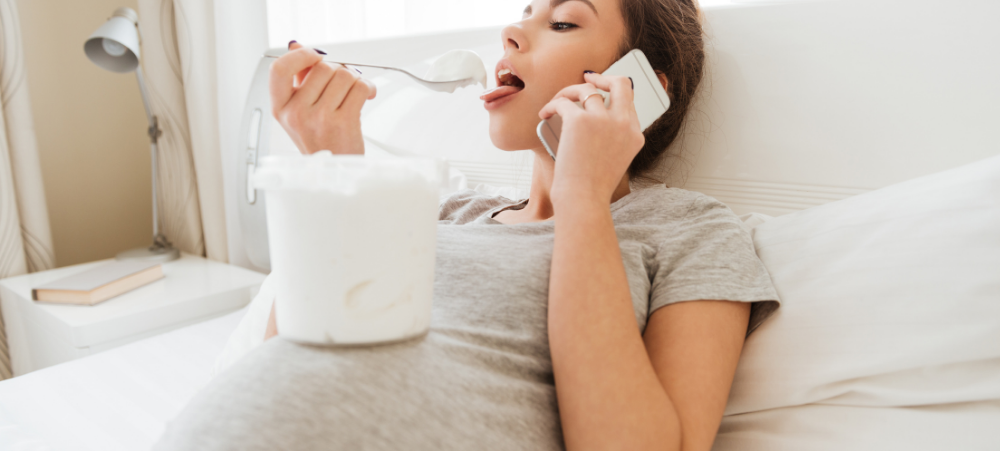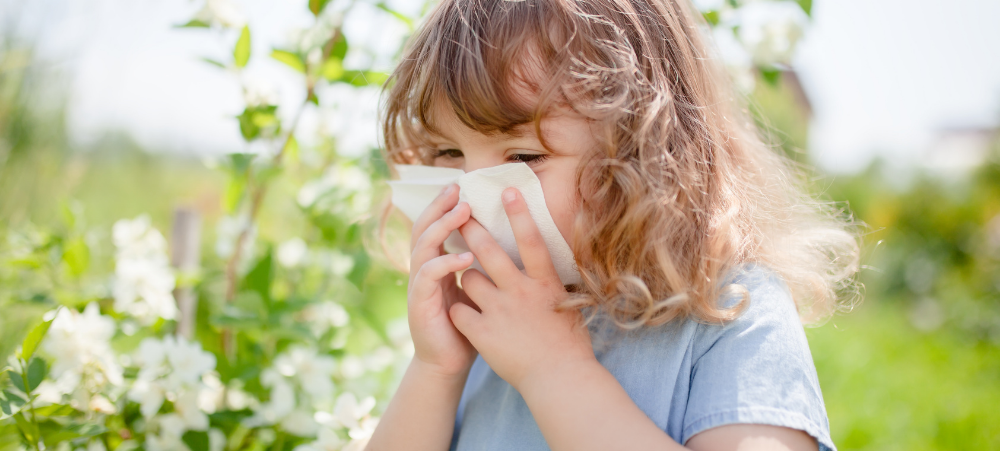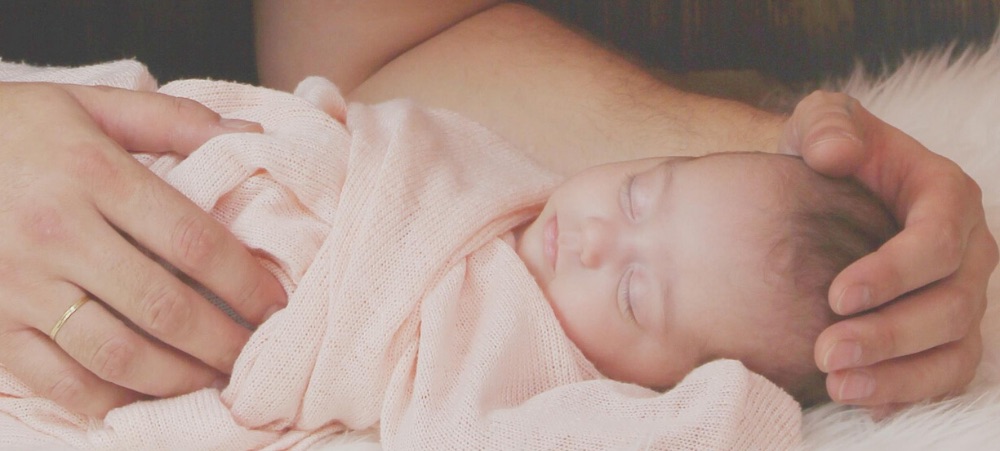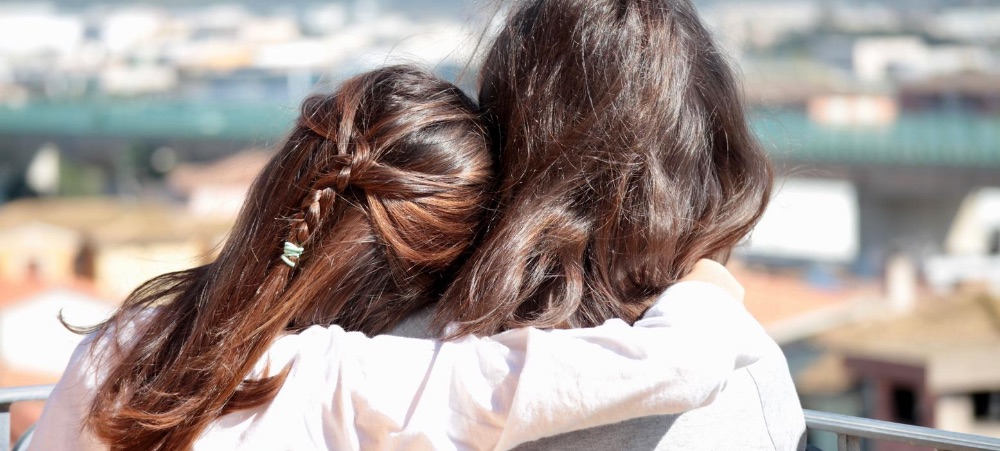When your income is threatened, reduced or, in the worst-case scenario has dried up, deciding where to spend and where to save becomes critical. In circumstances such as retrenchment, or periods of reduced employment, it may be tempting to consider quick-fix solutions and take a break from your medical aid but, during a global pandemic, you may want to think twice. ‘South Africans are faced with many challenges during this tough time and we are aware of the financial implications the lockdown has placed on everyone,’ says Lee Callakoppen, Principal Officer of Bonitas Medical Fund. ‘The pandemic has put a spotlight on the need for quality healthcare, which means a decision to cancel your medical aid is not recommended and should not be taken lightly.’ Let’s consider the costs involved if you are not on medical aid, become infected with the Coronavirus and are admitted to a private hospital. Cost realities The cost for a patient spending two weeks in a general ward for the treatment of COVID-19 is around R99 201. But if that patient is transferred to ICU for a period of two weeks, the cost rises to about R392 340. These costs include specialists, pathology, radiology and allied services. The alternative: Public healthcare. However, the exponential spike in the number of COVID-19 cases has meant that hospitals are overcrowded, resulting in a shortage of staff, equipment and ventilators. ‘Our advice is to consider your specific medical needs, as well as your budget, when deciding how to proceed, particularly if you have chronic conditions or are at greater risk. Buying down is definitely a key consideration, or look at network options which offer marked savings. The Bonitas Select Plans, for example, are priced 15% cheaper than non-network options. In addition, we strongly advise that you consider benefit richness against your contributions.’ Key questions to ask yourself include: Does my medical aid offer additional benefits that are paid from risk rather than savings or day-to-day benefits? Does my medical aid offer alternatives like virtual GP consultations, chronic medicine delivery and online antenatal classes to deal with the concerns posed by the lockdown? Another big factor to consider when it comes to COVID-19 medical care is comorbidities, or the coexistence of two or more diseases or disorders. ’The Minister of Health, Dr Zweli Mkhize, warned early on in the pandemic that South Africa has a significant burden of non-communicable diseases, or chronic conditions, with diabetes and hypertension topping the list,’ says Callakoppen. Projections are highly uncertain at this time but our actuarial team has estimated around 30%, or 215 851, members of the Bonitas population are at risk of contracting COVID-19, based on comorbidities. The conservative financial impact to the Scheme could potentially exceed R450m, in addition to annual claims costs, which amounts to R15bn. Although there is a high level of uncertainty around the level of care required, we project that COVID-19 cases will be managed as follows: 20% requiring hospitalisation 5% requiring treatment in ICU What will the consequences be on members if they cancel their policies? ‘Unfortunately, members who resign from the Fund are unable to access healthcare benefits. There are strict rules and regulations governing the medical aid industry, in place to protect both members and the financial sustainability of medical schemes.’ Cancelling your membership This should be your last resort. If you do cancel, try to rejoin or join a new scheme within three months otherwise the new scheme can impose: A three months’ general waiting period A 12 months’ exclusion from cover for any existing medical condition Late joiner penalties on all people over 35 years of age. Before you make any important decisions, it might be worth considering what options are available to you, what your priorities are and where you cannot afford to fall short. It is also advisable to speak to your medical aid provider to find out what they can offer you. Joining a medical aid now Callakoppen says they have a seen a marked increase in queries about joining the Fund. Waiting periods apply as normal with a 12 month’s exclusion cause. However, Prescribed Minimum Benefits (PMBs) are covered immediately, this includes COVID-19. ‘Medical aids have needed to adapt during the pandemic, offering added value to members including education, advice, virtual care, etc. COVID-19 has meant we have to be more innovative and re-evaluate the way we consult with members. The need for social distancing has accelerated access to virtual care to protect health practitioners as well as patients. As a Fund, we continue to explore new ways to ensure our member have access to quality healthcare at all times.’ Added value is essential, particularly during this tough economic time and we’ve introduced a range of elements to support members on a clinical, emotional and financial basis. These include: Introducing free 24/7 virtual care with GPs to all South Africans through the Bonitas app. We have had over 33 000 downloads of the app over the past six weeks Through our partner, Pharmacy Direct, we offer home delivery of chronic medication and, during COVID-19, six month prescriptions are being delivered. Around 187 995 members are enrolled on the chronic medicine programme, of these over 55% use the home delivery service Setting up a dedicated Rapid Response Unit in our managed care team to address COVID-19 concerns and support members who are Persons Under Investigation, test positive or are in recovery Creating a COVID-19 hub on our website so that members have access to accurate information on the Coronavirus and the steps they can take to protect themselves and their loved ones Creating a corporate return to work programme to support employer groups with daily screenings, occupational health and safety, etc Creating isiXhosa, isiZulu, isiSetswana and Afrikaans videos to help educate on steps to take to curb the spread of COVID-19 Launching new self-service channels through the Bonitas app and WhatsApp that allow members to access statements and tax certificates, submit and view claims and access electronic membership cards. There is also a



































